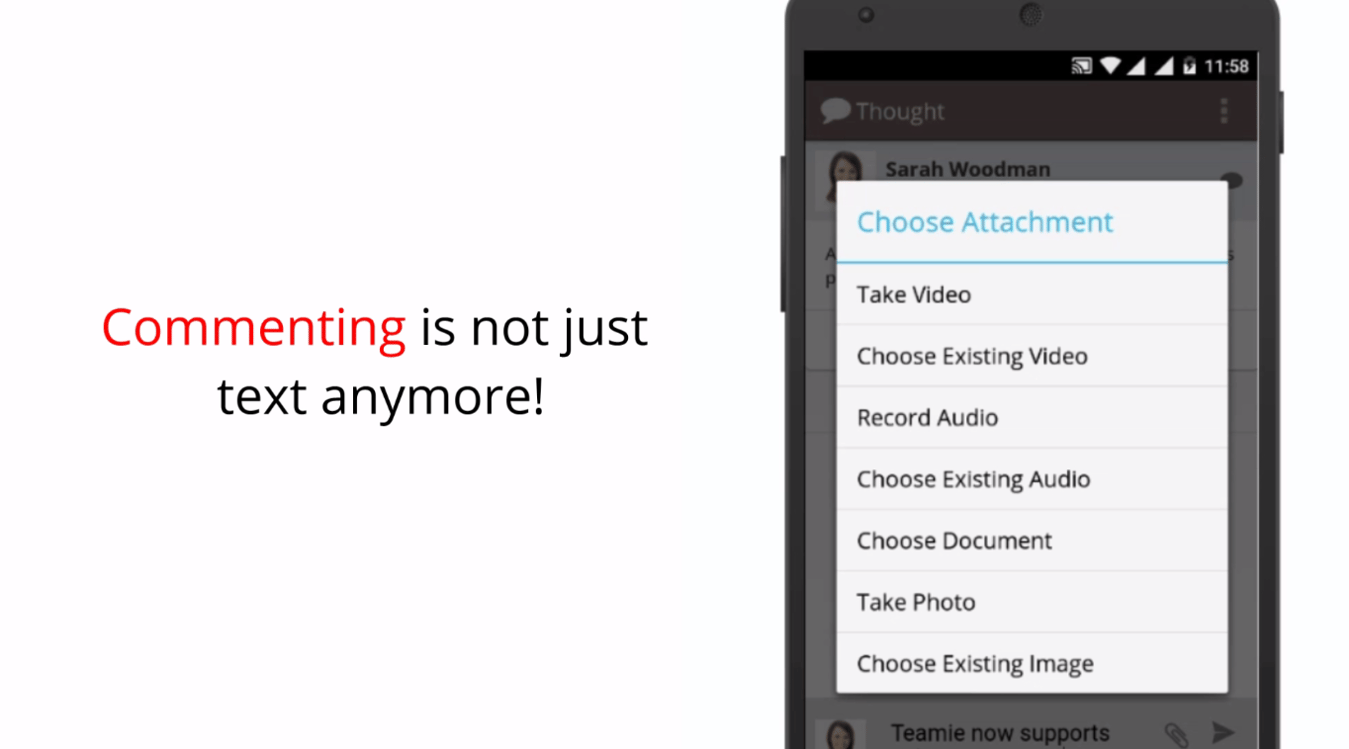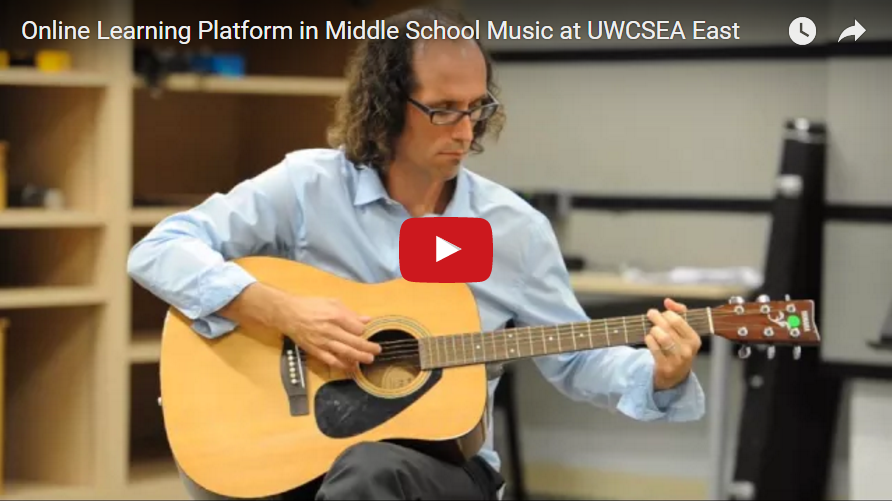As teachers and educators across the globe and across disciplines embrace Teamie collaborative learning platform as a tool to enhance teaching and learning, we are always pleased to receive stories of the creative and innovative ways in which Teamie is being deployed in classrooms. We are very happy to bring you our first post, thanks to a video by Mr. Lee Tisdall-Mcphee a Middle School music teacher at UWCSEA, highlighting their use of the Teamie platform in a music lesson, which answers the question - "how can technology support collaboration and reflection in classrooms"?
Let me now run you through the sequence of the lesson, outlining where and how the platform was used and how it yielded positive results for teaching and learning. Then I will end with some reflections on this process and how it could illuminate similar practices for utilizing the Teamie platform in other subject areas or disciplines.
To begin the lesson, the feature ‘conduct a poll’ on the news feed page for the class was used with questions designed to diagnose where students were at in their understanding of a concept in the inquiry up to that point (harmonies-major chords and how they are constructed). The student’s answers provided immediate, easily interpreted feedback of where each individual was at in their understanding and thus informed how to proceed. Here we see how this feature used informal assessment to inform and drive instruction.This information was applied to launch an activity that would both reinforce the concepts for those who had grasped them quite well and help progress others towards acquisition of the skills and concepts. This activity would also utilize some of the functions of the Teamie platform, by having students record their practice of chord progression and posting it onto the platform. Students then viewed others performance work and provided feedback orally, they were later able to provide further written or oral feedback by accessing the platform and videos posted there from home or a mobile device. Student’s who weren’t able to record their chord progression during class could later do so on the fly by accessing the mobile app and making an audio recording from their personal device.

I found Mr. Lee’s explanation of community based learning very interesting and broad in scope and application. How ideas and understandings are built upon by many minds so that overall grasp and understanding of the concepts grows, like a positive snowball effect. The collective knowledge becomes stored, organized and easily accessed for reference and further learning by the individuals of the group who then can add to and build upon that collective knowledge once again. What we get as a result then is deeper inquiry and broader knowledge of the concepts or skills. It was encouraging to know that Teamie played a role in this process and the example upheld our belief at Teamie that a 21st century learning platform should have elements encouraging and facilitating collaboration throughout the design.
To review the overall structure through which the learning platform was mobilized throughout; the teacher assessed prior knowledge by using a poll on the class news feed, re-taught where necessary, the students recorded practice and production of the concept and finally analyzed and provided feedback on each other’s work. The teacher highlighted how the use of the platform saved time; precious class time every teacher can relate to as that finite time when we have students all together for face to face instruction and interaction, of which there never seems to be enough of! So of course we recognize this as an advantage but I also saw this perk of platform usage being a class time saver another way, a more efficient use of time allowing students more time to enact skills as a form of differentiated learning.
Firstly the poll identified who needed more individualized attention and who was ready to proceed, practice and extend the skill in a way that it differentiated the teaching and learning to suit individual needs. The next differentiation had to do with the providing of feedback as students watched each other perform the harmony and chord progression. This takes some analysis and analysis is not always something which can be produced quickly, nor should it be so. By giving students, whose learning disposition is to be more contemplative, the ability to take time at home to listen to, watch and rewatch the performances and then formulate and articulate feedback, the platform provides an opportunity for teachers to differentiate for these processes.
.png?width=640&name=UWC%20Music_2%20(1).png)
After viewing the video I’m confident that teachers of all subject areas will find some element modeled through which they could leverage elements of the platform in their respective learning environments. Perhaps you are using these features this way already and it merely confirmed your practice. I thought of the same lesson structure being applied to other subject areas or even applied to school groups or extra-curriculars. Say that it’s PE or basketball practice and you are working on basketball layups, the class could begin with a poll relating to the form and function of the skill to assess where students are at in cognitive understanding it. Then using their devices students film eachother performing the skill, these are posted on the platform and finally subject to peer feedback before the next class, practice or game.
We would love to hear how this video and post has helped you use Teamie more effectively or encouraged a new application of the platform in your teaching. We are always happy to receive your stories of Teamie usage and would love to hear more of your creative endeavors and share them with our community of teachers and learners. A special thanks again to Lee at UWCSEA for his submission.
Want to learn more about how to enhance pedagogy in your school by using technology? Download the case study on UWCSEA, from the leading research firm Ovum, that highlights how UWCSEA have used technology to enable instructional strategies in their school.



Leave a Reply